That charming Moroccan city is a red city, or a delight as its inhabitants like it, the city of sun and moon, snow and palm, civilization and history.
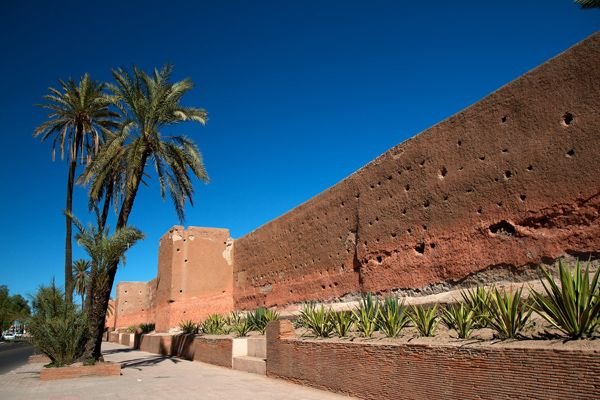
Of the walls of Marrakech
Marrakesh (/məˈrækɛʃ/ or /ˌmærəˈkɛʃ/;[3] Arabic: مراكش Murrākuš; Berber: ⴰⵎⵓⵔⴰⴽⵓⵛ Meṛṛakec), also known by the French spelling Marrakech[4], is a major city of the Kingdom of Morocco. It is the fourth largest city in the country, after Casablanca, Fez and Tangier. It is the capital city of the mid-southwestern region of Marrakesh-Safi. Located to the north of the foothills of the snow-capped Atlas Mountains, Marrakesh is situated 580 km (360 mi) southwest of Tangier, 327 km (203 mi) southwest of the Moroccan capital of Rabat, 239 km (149 mi) south of Casablanca, and 246 km (153 mi) northeast of Agadir.
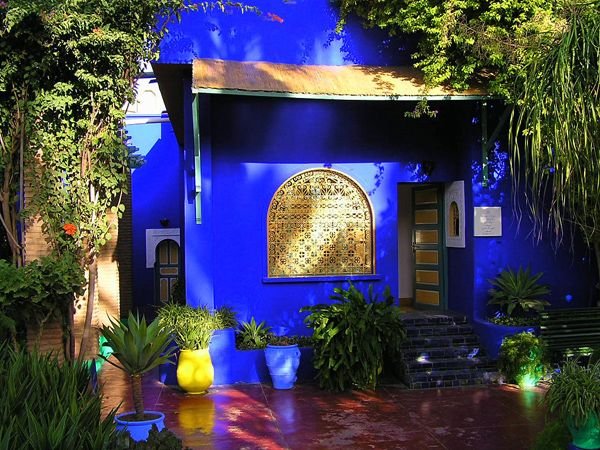
Jacques Majorel chose the blue gardens in the red Marrakech
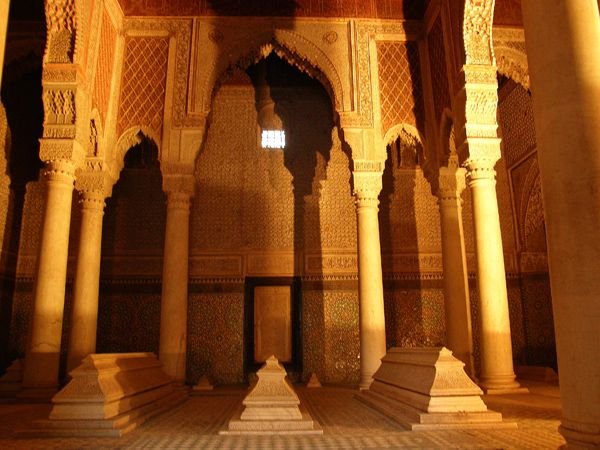
Inside the Saadian tombs in the Kasbah district
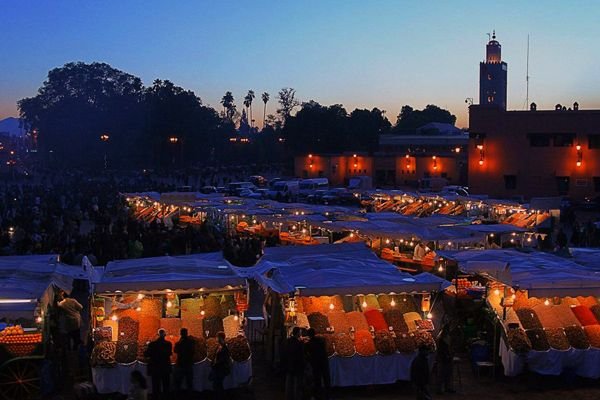
Jamea El Fna Square
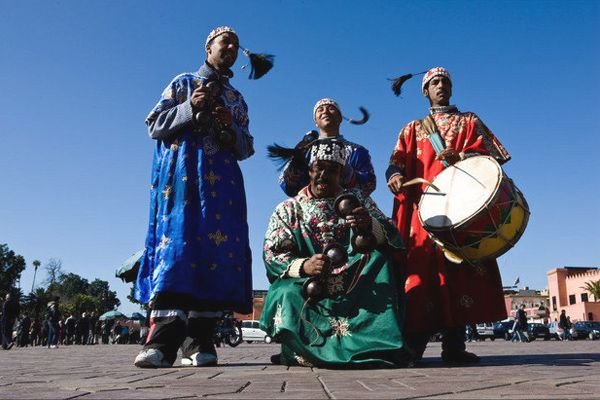
Popular shows and games in the center of Djemaa el Fna
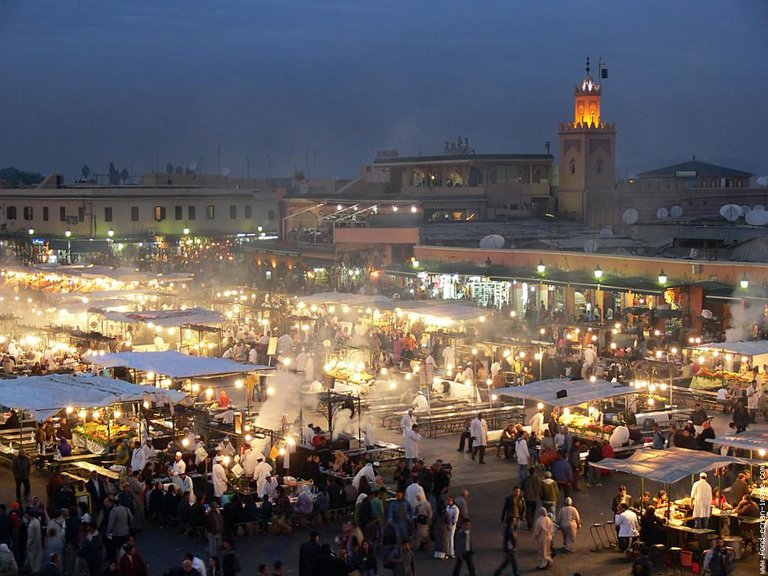
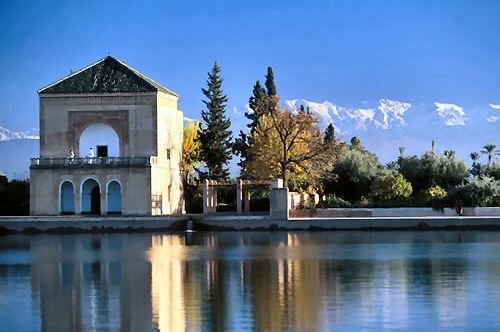
The UNESCO World Heritage Site in 2001 attracts millions of visitors every year. It is a vital center for shopping and tourism, where people gather in a variety of workshops to listen to popular stories about the early Muslim dignitaries who came to this country. They also recite the adhaan, the prophetic praises and the stories of the Thousand and One Nights. The night scene is transformed into popular restaurants serving Moroccan dishes such as grilled, couscous, basilette, fish, chicken, tagine, Moroccan soup (hreira) accompanied by dates and Moroccan delicacies known as Chabakia.
The shops of the various shops of Moroccan traditional industries, such as carvings, leather products, traditional costumes of caftans, jilabab, ceramics, spice shops, incense and perfumes, are also scattered in the Piazza El Fna. Passengers also carry goods and souvenirs.